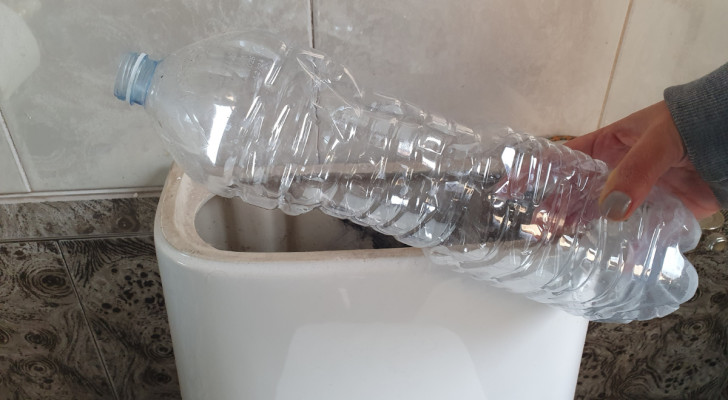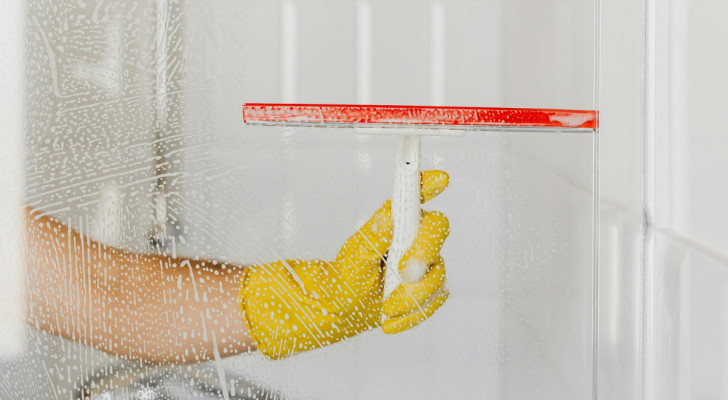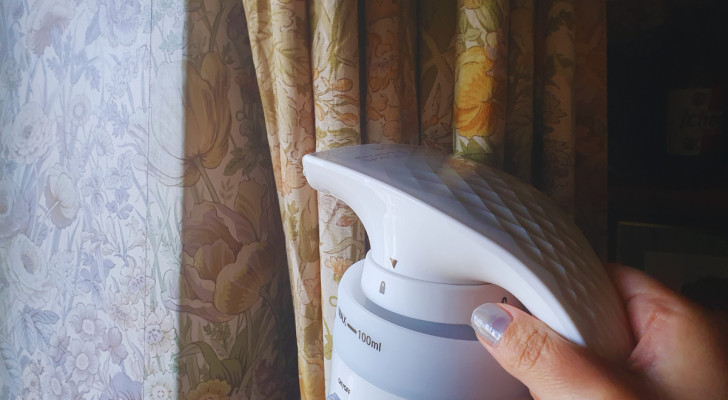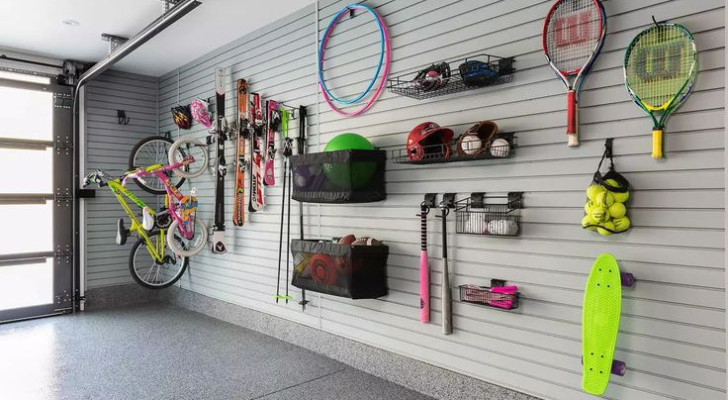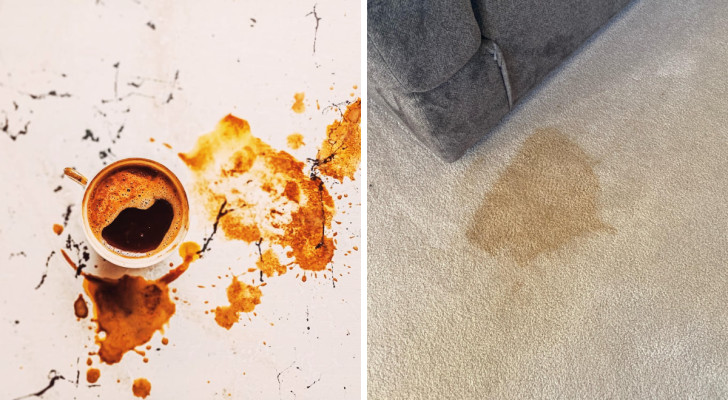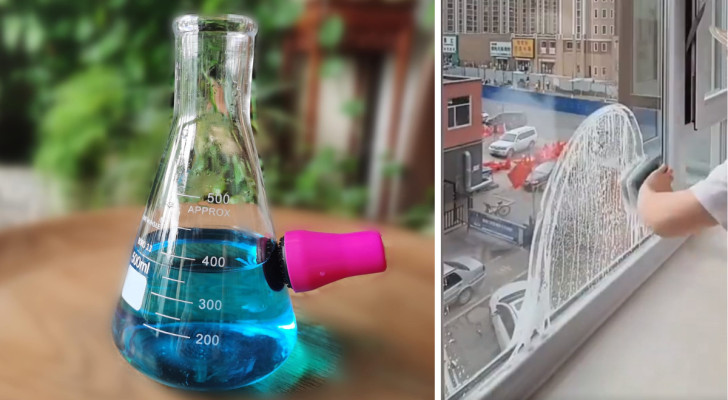Plumbing problems? Here are some tips to do-it-yourself without calling a professional
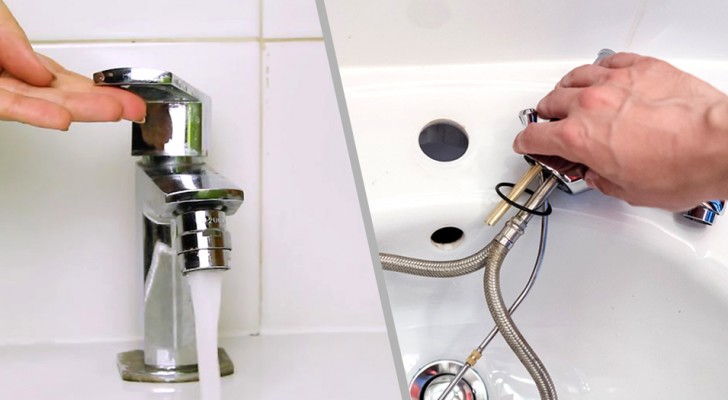
There are many maintenance jobs required in a home, and plumbing is among the most complicated to deal with. By ourselves we can certainly take care of some minor repairs, even using a series of useful and cheap tricks, but when we are not sure how to proceed or our attempts do not produce useful results, we must rely on the experience of a professional in the sector. .
Sometimes, however, the problems that generate the need for professional intervention are due to a certain amount of neglect on our part, or we think that some intervention is too difficult just because we do not know the tricks that can help us to solve it.
It is therefore worth remembering to note a series of phenomena that can be symptoms of some malfunction, so as to inspect the situation as soon as possible. Noting these problems can also be useful to prevent water consumption from increasing continuously and apparently harmless, which then manifests itself with an inexplicable increase in the bill. At the same time, it is useful to know the tricks that can make a minor repair on our part much more feasible, which may be enough to avoid calling the plumber.
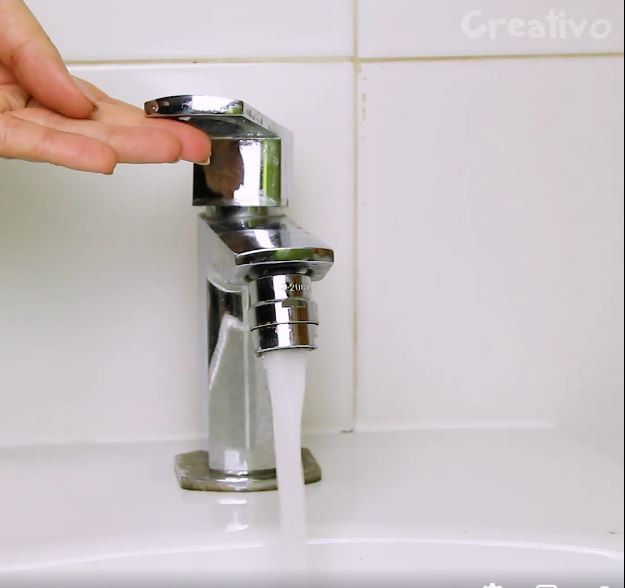
Creativo
To reduce consumption
Do not ignore the sound of a dripping: it seems a foregone indication, and very often one ignores the sound of any sink or faucet that continuously leaks. Yet these noises should not go unnoticed: in fact, one does not realize how much even a very slight loss that continues throughout the day and night can become a rather large water consumption after a few days or weeks. So in the moments of silence at home, especially from late evening to early morning, try to pay attention to any noises of drops falling continuously in the bathrooms or in the kitchen.
Another indication of some plumbing problem to inspect are the signs of water leaks, even very small ones, on the walls near plumbing connections. This happens when the joints between the various parts of a pipe no longer hold, and due to the corrosion of the materials or the formation of limescale concretions, the pressurized water that travels in the pipes escapes wherever it finds even a small crack. These are phenomena that should not be overlooked, and often mold stains, the presence of rust, the fact that the surfaces around the leak appear darker or possibly even the formation of small puddles help us to identify them.
If the problem concerns the portion of pipes outside the wall, it will be a minor intervention that you can perhaps try to solve by yourself by disassembling the various parts, replacing the damaged ones and using the necessary insulating materials. On the other hand, when the leak seems to seep through the wall, it will be necessary to remove the wall covering and perhaps even break the wall itself.
However, it must also be considered that when the environment is heated, the water passing through the pipes, being cold, can create condensation on the surface of the same and this produces droplets, but in that case it is not an alarming humidity problem.
The places where we can most easily encounter leaks to keep an eye on are sinks and sanitary ware in the bathroom. Whenever you do thorough cleaning even under sinks and around bidets, toilets, bathtubs or showers, take a look with the help of a flashlight at all pipes visible up to the wall, to make sure that they are not moisture stains or unwanted leaks.
The kind of noise that must make us prick up, so to speak, is a regular dripping at times when no one was using the plumbing system: if it's been a long time since the last shower, since a tap was turned off or pulled. flush and yet we hear drops that fall rhythmically, then it will be necessary to investigate, and the more frequently they fall, the greater will be the loss. For example, it may happen that there are valves that do not work well in the toilet water cistern, and therefore the entire system of emptying and filling following the flush of the toilet works with altered times and continues to make noise.
To check sinks and sanitary ware instead, equip yourself with a parrot pliers and move the tightening nut near the valve: if it seems to be "slow" you have to tighten it well without being tightened to death, because otherwise it would become difficult following. Try a simple clockwise motion, equivalent to about ⅛ of a full turn. If by tightening like this, just a little, the loss stops, you won't have to do anything else.
As for the dispensing valves, on the other hand, they must always be found either open or closed, but never stopped in the middle of the stroke, a position that often causes the perpetual flow that generates the leak. To close them turn clockwise, to open it counterclockwise and stop in both cases at the locking point.
If you can't figure out where the leak is, but you still want to make sure there isn't one, then go and inspect the water meter. Make sure you are not using appliances that use water (washing machine, dishwasher) and that all taps are tightly closed. Then go to the counter and take note of the numbers. Wait two hours without using water at all in the house and go back to check the numbers: if they have increased you need to investigate further. In fact, very light losses cannot be measured in this way, so if consumption has increased, there is something to be done somewhere. Worse still if you see the numbers increase even just by staying a few minutes in front of the counter itself.

In the case of clogged drains
When the water does not drain, therefore sanitary ware and sinks do not empty in normal times, it means that there is a traffic jam somewhere, and it is therefore necessary to identify what it is that is creating a clogging of the drains. Therefore, if you notice that the water in the bathtub, sink or shower does not go away, it will be necessary to intervene. And if by chance, coinciding with this phenomenon, you should also notice humidity on the walls near the pipes, it means that the traffic jam is massive and has also been present for a while.
Also on the balcony or in the garden there can be similar phenomena, when wet puddles form near the pipes, or we can hear water bubbling somewhere.
In the case of sinks, especially in the kitchen, the plug that blocks the passage of water is often located in the first part of the pipes, under the sink itself. You can therefore do two things: either disassemble the pipes immediately under the sink tub and manually remove the material that obstructs the flow, or, in milder cases, use remedies that dissolve the mass that creates the obstruction, which very often is made of greasy materials. In the kitchen it can be oil and food debris, in the bathroom the residues of creams, soap mixed with hair and hair, which have formed a small conglomerate, often located in the bends of the pipes.
Therefore it is important to understand where the water passes from the sink / sanitary fixture to the main pipe in the wall: in the kitchen or bathroom it happens that the drain pipes of the individual basins of a sink or of the different sanitary fixtures then gather in the pipes between the walls or under the floor. The pipes get bigger and bigger as you get to those that enter a cesspool or sewer system.
The first thing to do to understand the extent of the obstruction is to close the drain with a plug, boil water and pour it into the sink (or tub, or shower), then uncork the drain and see if the heat of the water can dissolve the grease that created the obstruction and slowly bring the drainage speed back to normal. Sometimes that's really all it takes. If it doesn't seem to work, you can also pour the baking soda first, then some vinegar down the drain, leave it to act for a few minutes and then pour the boiling water. If these home remedies don't work, you can try unblocking chemicals sold in supermarkets or hardware stores.
The use of a plunger, on the other hand, is recommended only if you have good dexterity with the tool: sometimes, in fact, using it you end up making the block that obstructs the pipe more compact, and therefore it will be more difficult to make it disappear. . It is therefore worth looking for some information and perhaps consulting videos or tutorials that explain how to operate this so common tool.
In general, therefore, it is good to have a clear idea of how your home plumbing system is structured: where those that bring clean water to the various taps pass, and where those that collect black and non-black drains pass. You need to know how to isolate the various pipes, closing the different valves that are generally located very close to the various taps, and above all where the knobs that close the entire water system in the house are located. This is useful both to us in case of inspections and maintenance interventions, and to facilitate and speed up the work of any professional technicians who come to carry out the necessary repairs.
In houses that arise in areas with very cold winters, it is also necessary to study the best methods to insulate the pipes from frost: when the water freezes in the pipes and increases in volume, it can split them and create even major leaks, or damage in the walls that are expensive to repair. In addition, the thermal insulation of the pipes through which the hot water passes, in these cases, helps to reduce costs because it takes less energy to use hot water in the various parts of the house.
Also depending on when the piping system was built, you can have different materials: different types of metals or synthetic materials have a different duration and also respond differently to possible stresses, wear and damage. There are also lead solders in ancient systems that can cause damage to health if you drink the water that passes through it.
Rusty pipes are much more fragile, so you need to touch them carefully when making repairs.
In any case in which you are not familiar with this type of repair, it is always better to avoid aggravating the damage and instead request the intervention of an expert.
